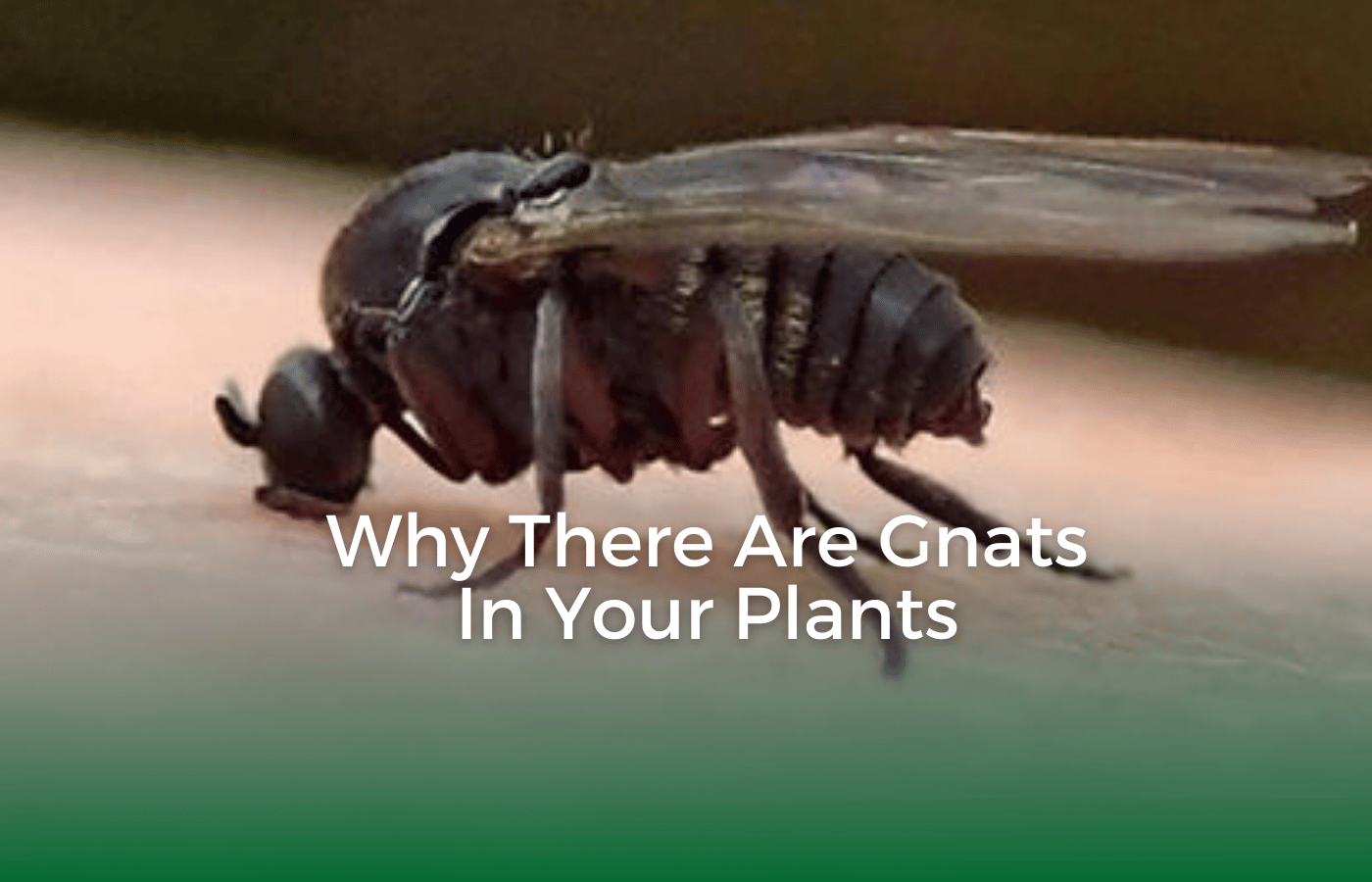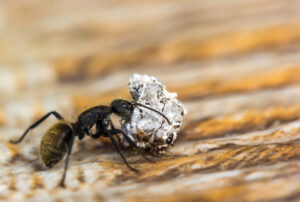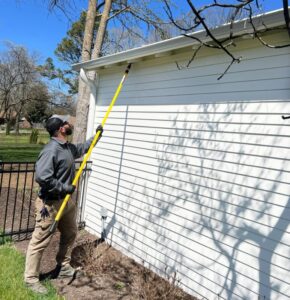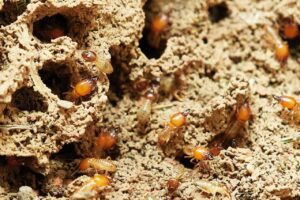It can be annoying to see gnats fluttering around your plants. These microscopic insects are frequently found in gardens and houseplants. They can damage your indoor plants and make it difficult to enjoy your area. Maintaining the health of your plants requires understanding why they occur and how to handle them. What draws gnats to your plants and how to manage them will be discussed in this blog post.
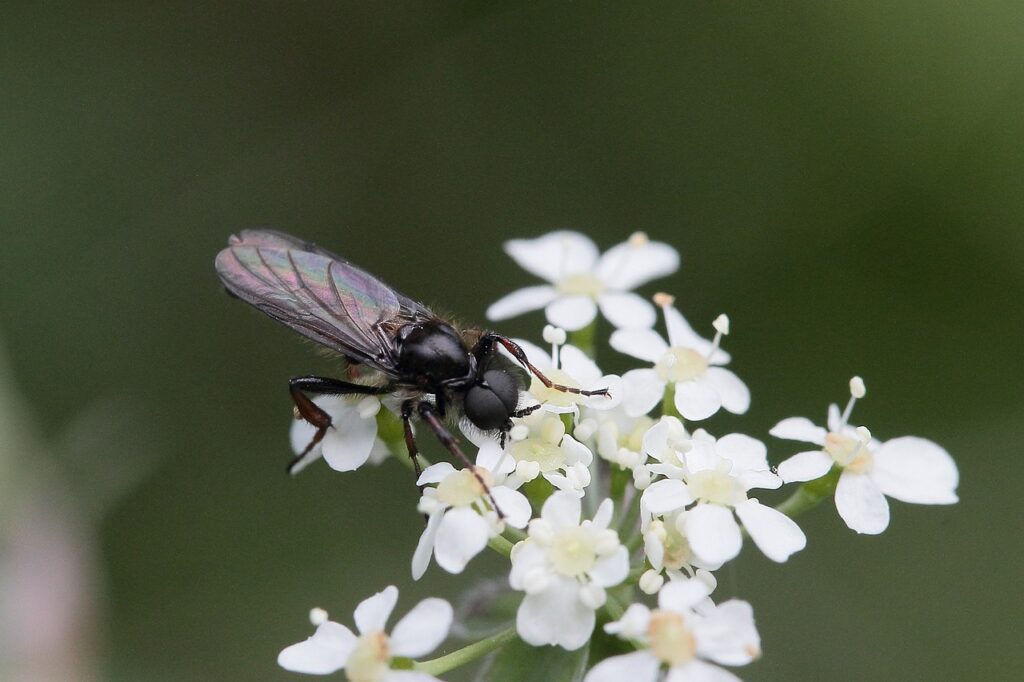
What Are Gnats?
Small flying insects called gnats are frequently observed buzzing about plants. Although there are other kinds of gnats, fungus gnats are the most prevalent ones in homes. Your plants are the ideal habitat for them because they flourish in damp soil. They can harm your plants’ roots even though they don’t bite.
How Do Gnats Get Into Your Plants?
Typically, gnats originate in the soil. When the eggs hatch, the small larvae consume the roots of your plants. They lay their eggs in moist, decomposing material. Overwatered plants might provide an ideal habitat for these pests. If the soil is affected, fresh plants you purchase can also arrive with gnats.
Why Do Gnats Like Your Plants?
Gnats are attracted to certain conditions that are often present in homes. Here are some key reasons why they love your plants:
Moisture
Wet conditions are ideal for gnats. Poor drainage or overwatering your plants can make them the ideal place for these insects to breed. Gnats are encouraged to lay their eggs if the top layer of soil remains moist.
Decaying Material
Decaying leaves or organic matter in the soil can also attract gnats. They feed on the nutrients found in decomposing matter. Regularly cleaning up dead leaves around your plants can help reduce the chances of gnats.
Warmth
Indoor plants are often kept in warm areas, which can make them more attractive to gnats. Warmth speeds up the life cycle of these pests, allowing them to multiply quickly.
How to Control Gnats in Your Plants
Managing gnats in your plants doesn’t have to be complicated. Here are some straightforward methods to keep them at bay.
Adjust Watering Habits
One of the best ways to control gnats is to change your watering routine. Allow the top inch of soil to dry out before watering again. This will create a less favorable environment for gnats to thrive.
Use Sticky Traps
Sticky traps can help catch adult gnats. Place them near your plants to monitor and reduce the gnat population. This is a simple and effective way to manage their numbers.
Improve Soil Conditions
Using well-draining soil can help prevent moisture buildup. Make sure your pots have drainage holes, and consider repotting plants in fresh soil if you suspect an infestation.
Consider Professional Gnat Control
If gnats persist despite your efforts, you might want to think about professional gnat control. Experts can help identify the source and provide solutions tailored to your situation.
A Plant Lover’s Guide to Dealing with Gnats
Gnats can be a challenge for plant lovers, but they don’t have to ruin your enjoyment of your indoor garden. By understanding why they appear and taking simple steps to control their population, you can keep your plants healthy and thriving. Regular care and attention to watering and soil conditions will go a long way in keeping these pests away. Enjoy your plants without the worry of gnats buzzing around!
If you’re struggling with gnats in your plants, let Allen Pest Management help. Our expert team is ready to provide effective solutions to keep your plants healthy and pest-free. Contact us today for a consultation!

